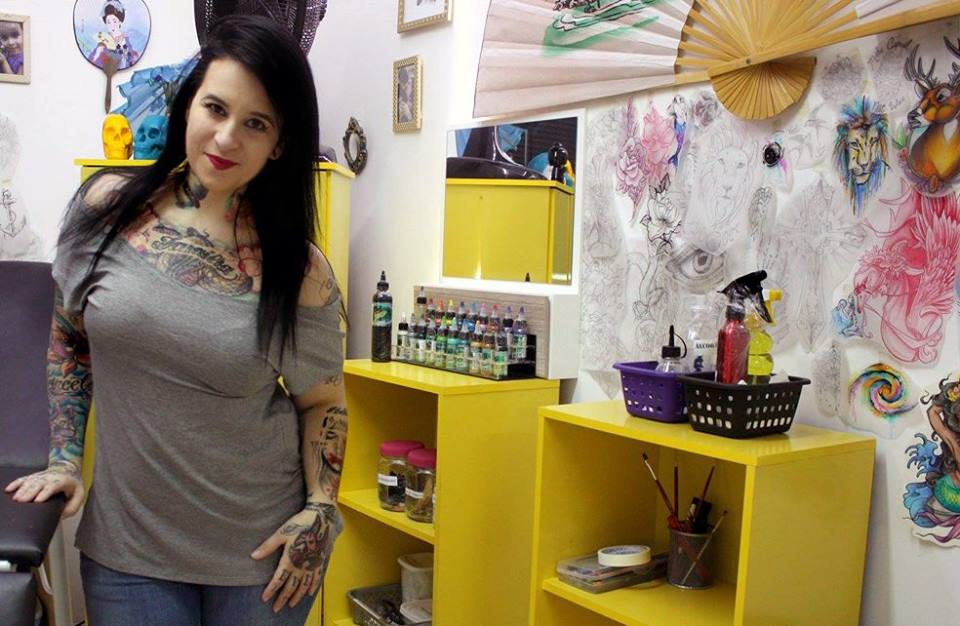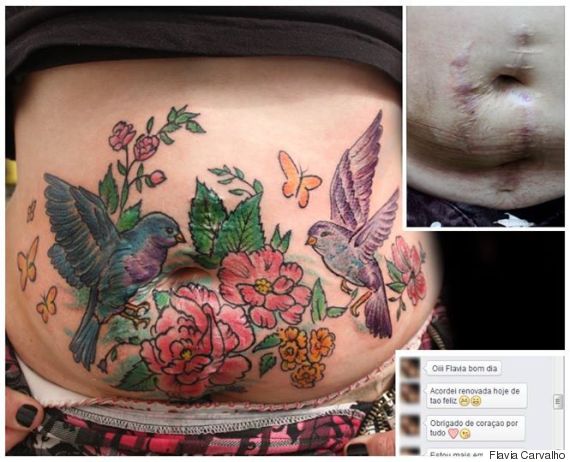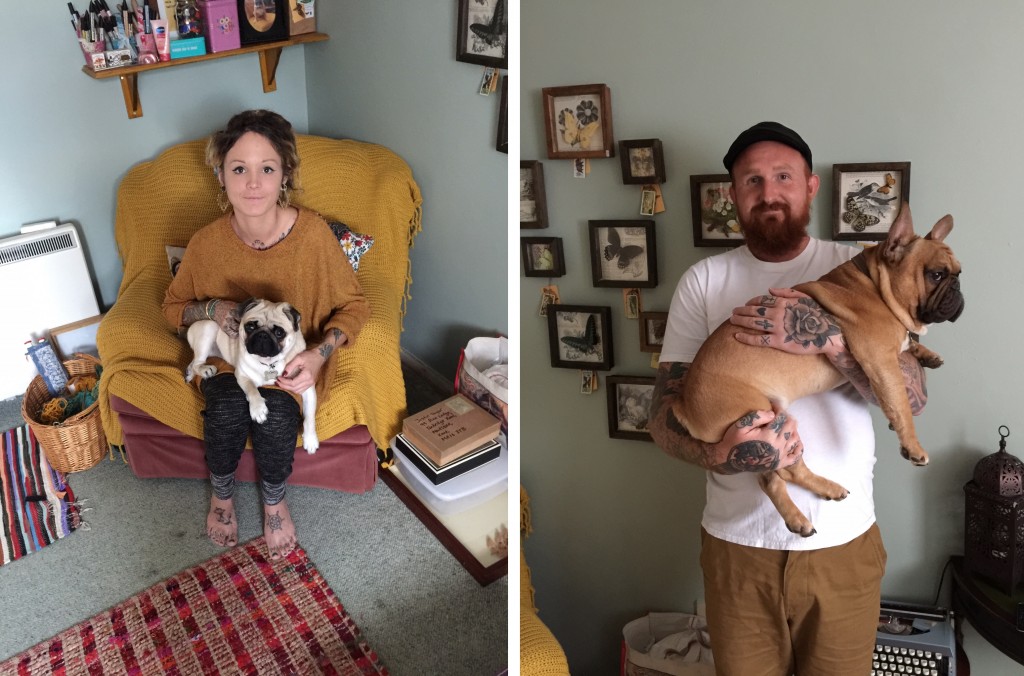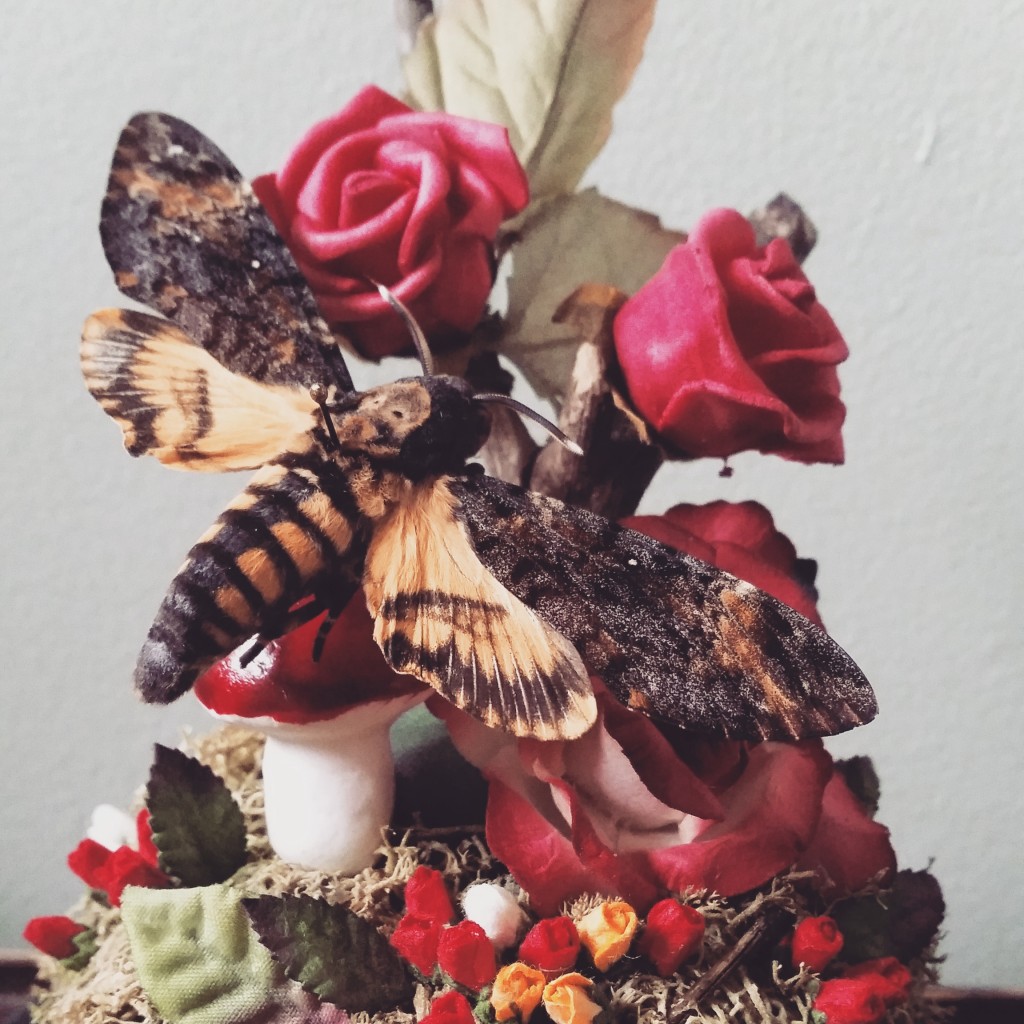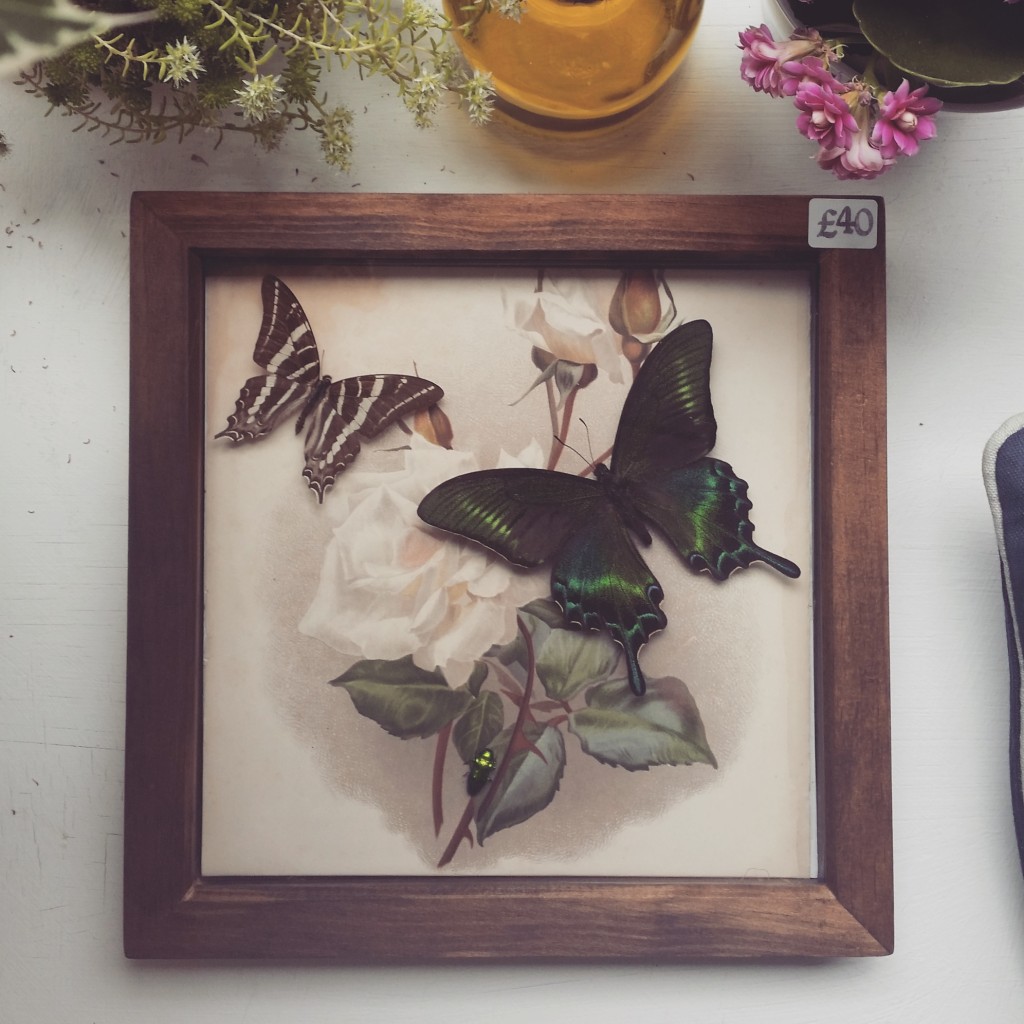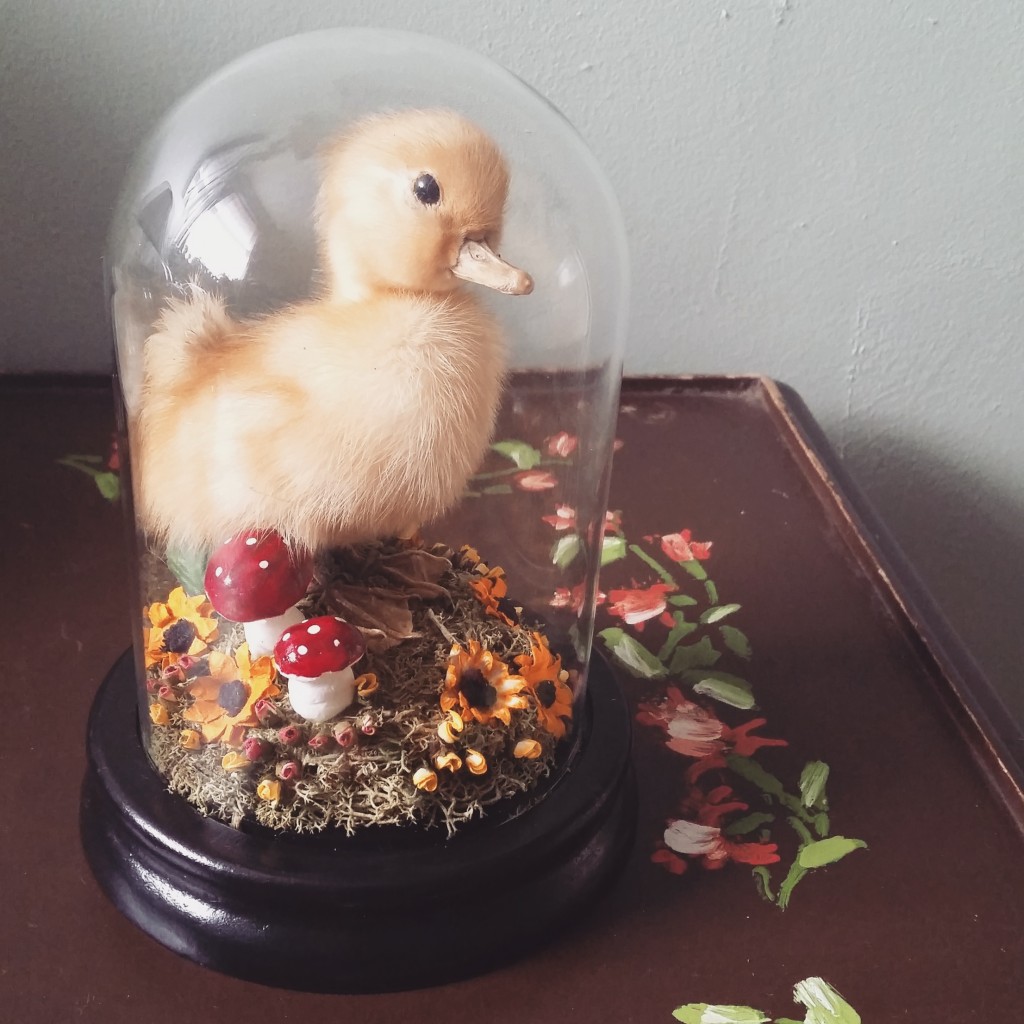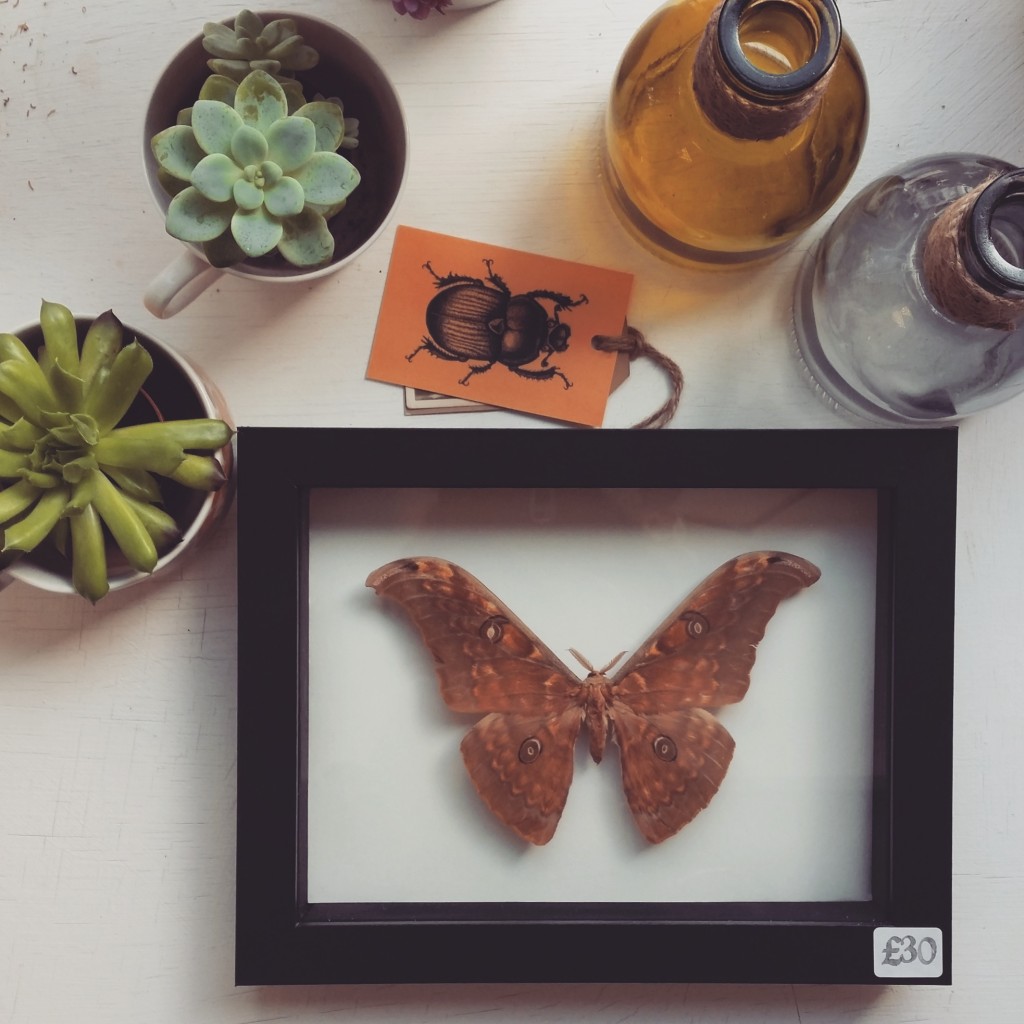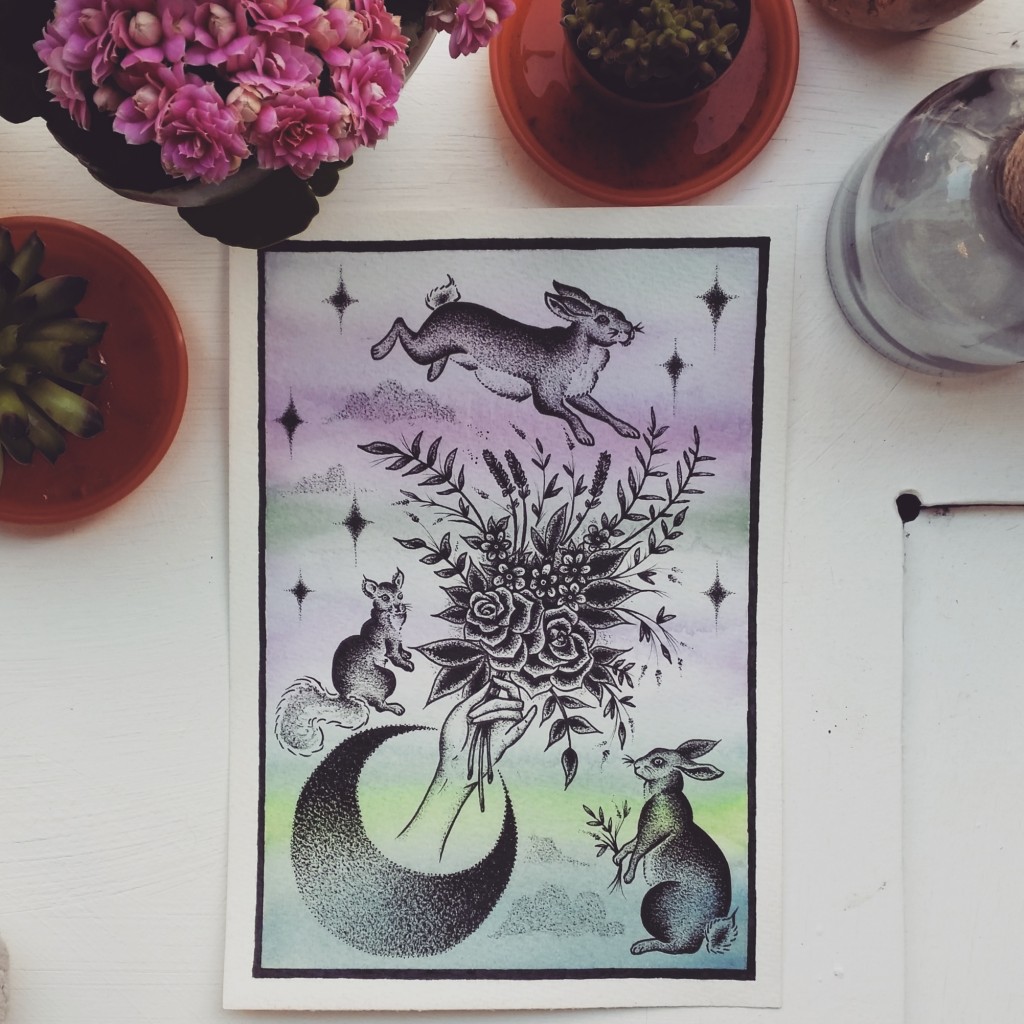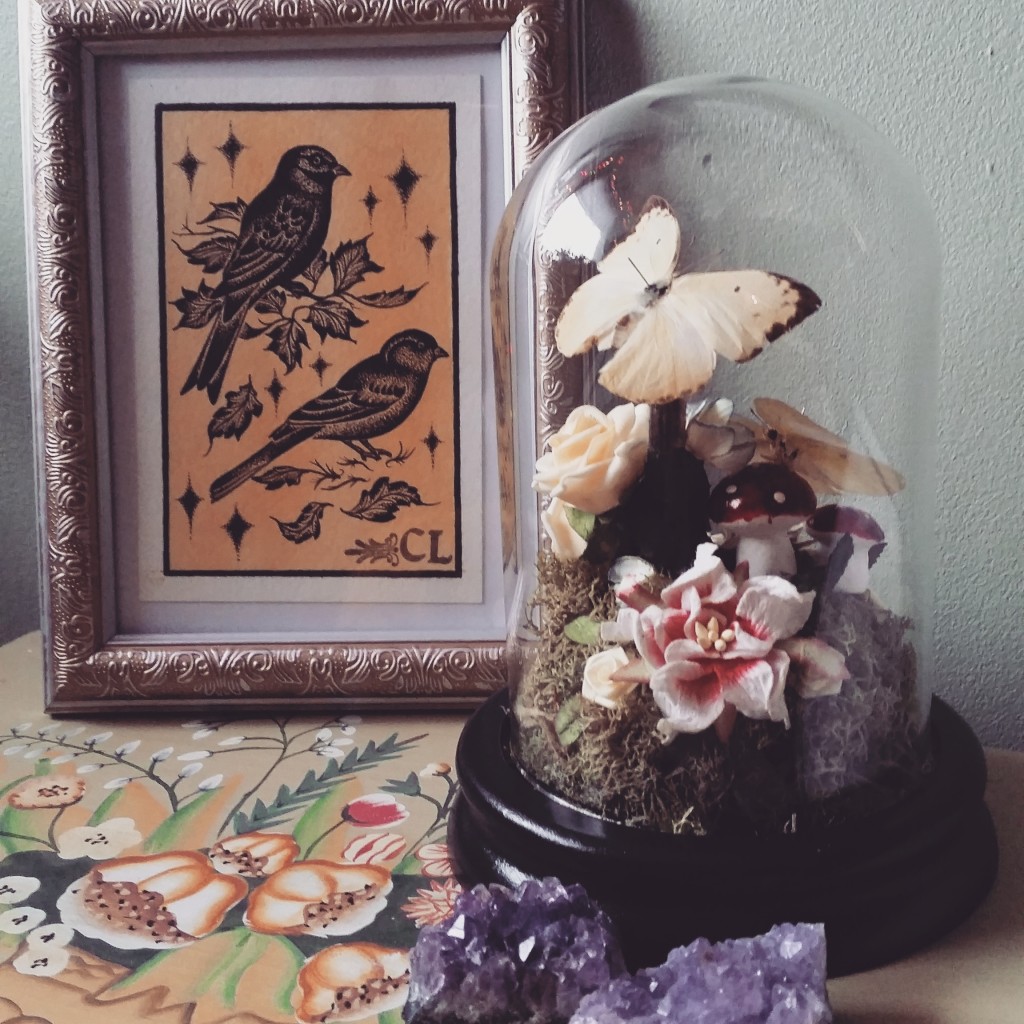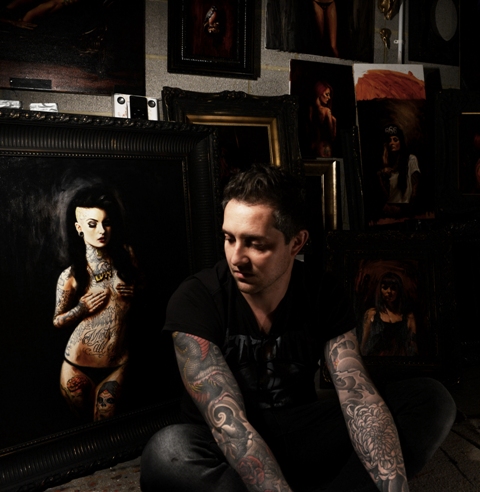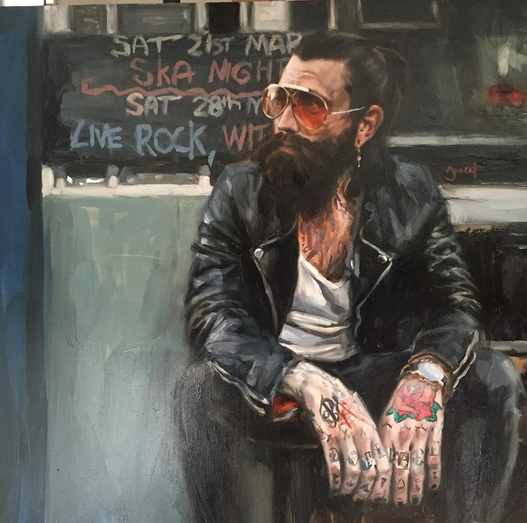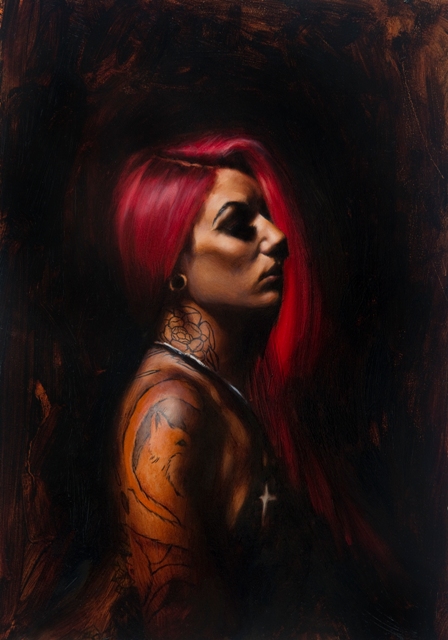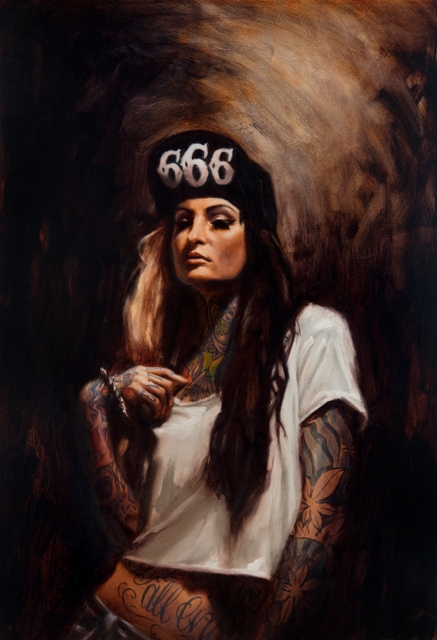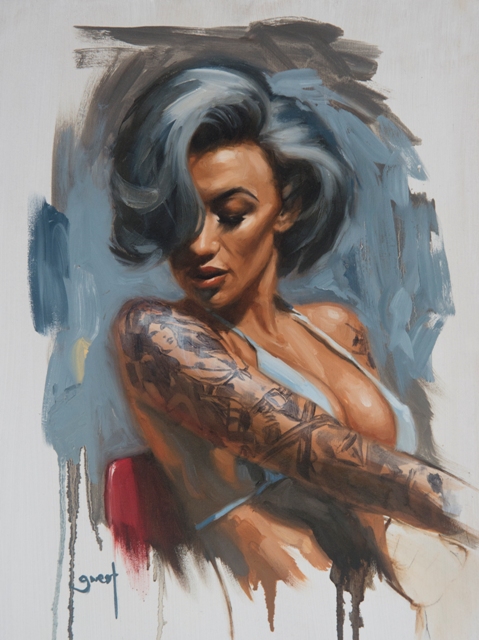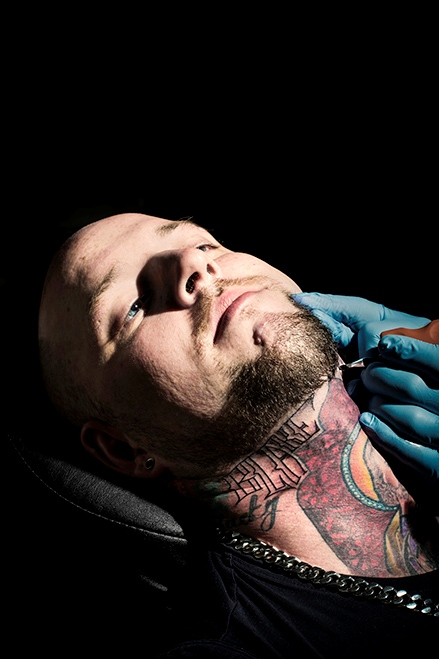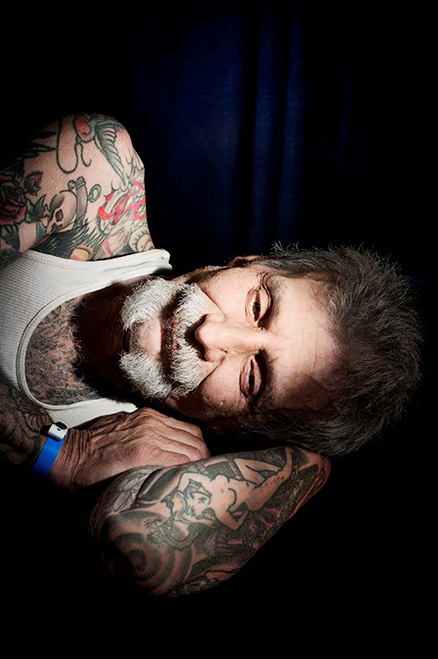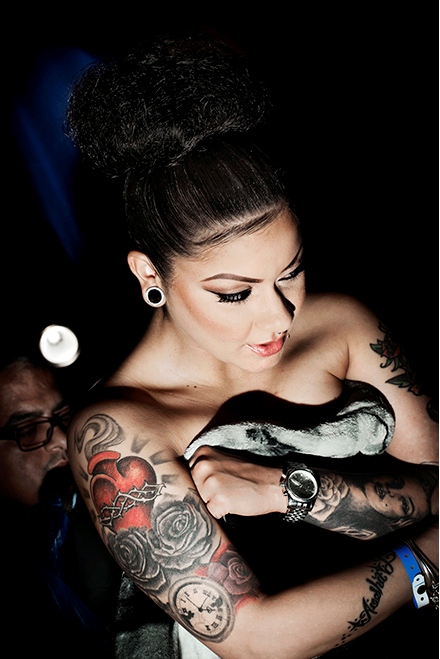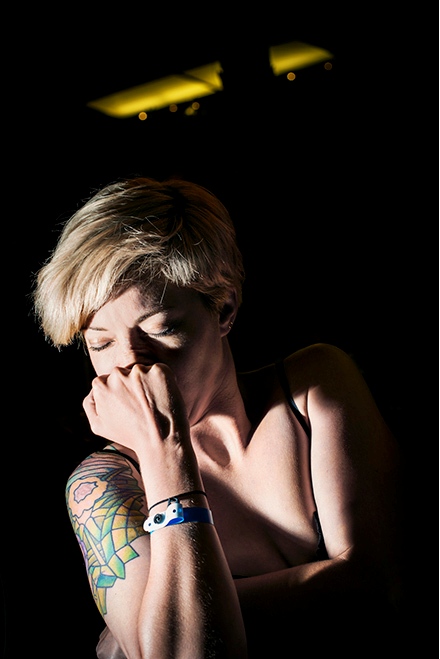Our guest blogger is illustrator and crafter Rachel Rawlings, creator of Rachel Vs Body blog. On her blog Rachel writes about her various chronic conditions and how they affect her life and have changed how she experiences the world. In this post she talks about her tattoos and how they help her to regain control of her body…
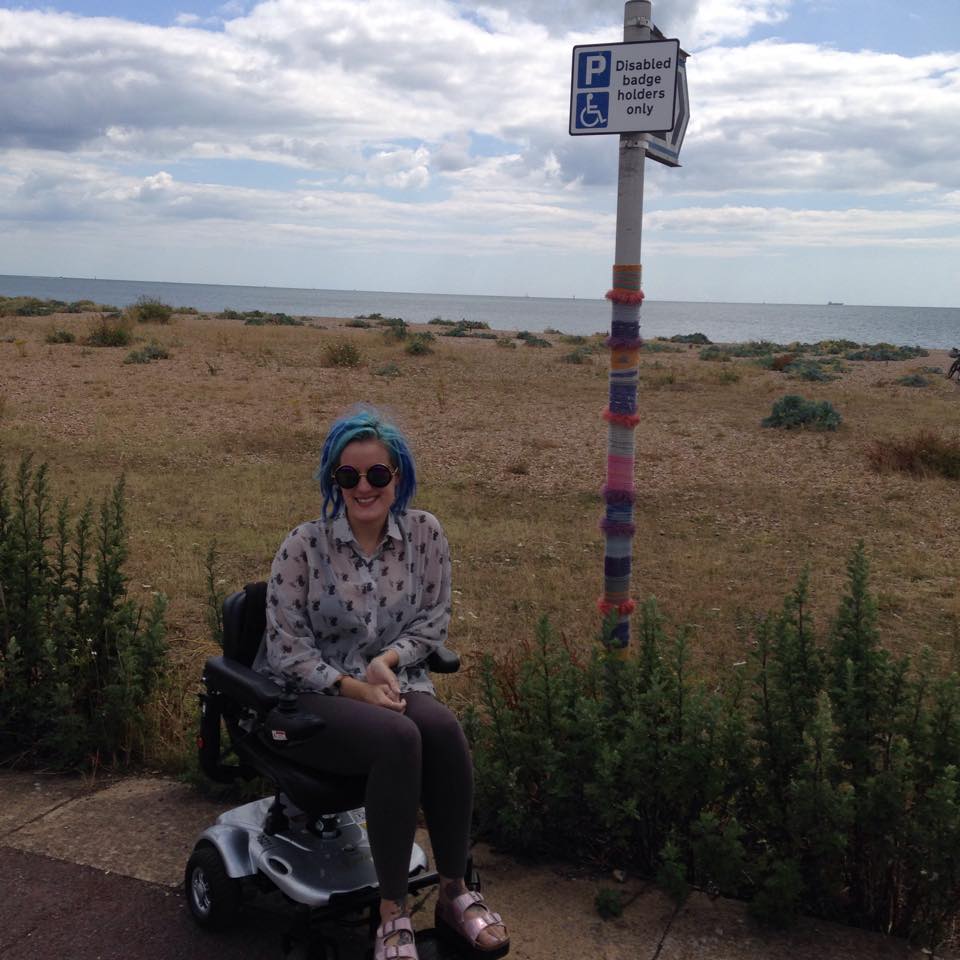
The human body is an interesting thing. Take mine, for example. In 2012, I was in my final year of studying for my illustration degree, working as a healthcare assistant in my spare time, spending most evenings in the week cooking and hanging out with my friends and coursemates. I was 20 and everything was – for the most part – working fine. But then, I got sick.
It was just a virus to start off with, but over time, I didn’t get better. I was constantly in pain; I felt dizzy at the smallest motion; food became my greatest enemy, triggering nausea and cramps at the most pathetic nibble; my concentration was shot; walking became something akin to climbing mount Everest; and, above all, I was EXHAUSTED. Not tired; not fatigued; not sleepy or dozy; but that all consuming physical exhaustion that you get when you’ve had a particularly bad bout of flu. I was diagnosed with M.E. (Myalgic Encephalopathy) and P.O.T.S (postural tachycardia syndrome) on top of my existing health conditions (chronic migraine, IBS, eczema, eczema herpeticum and asthma), and three and a half years on I’m still undergoing tests to see what’s making me so unwell.
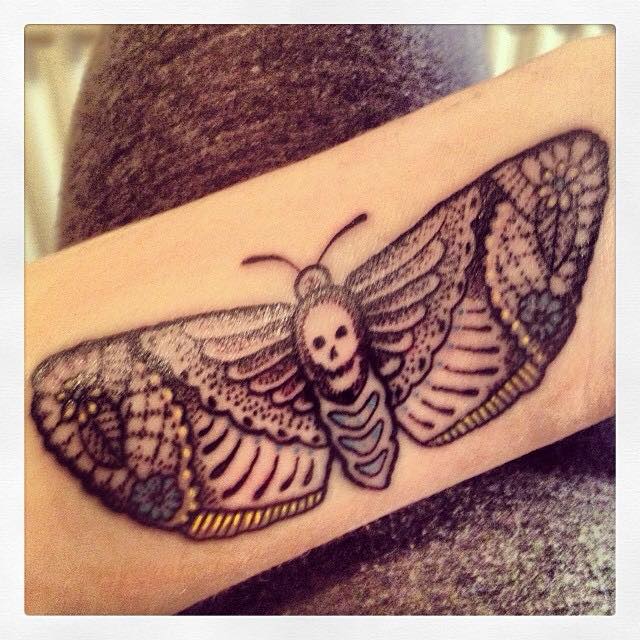
Moth by Paul Davies at Loki Ink, Plymouth
Things got progressively worse, and these days I can’t work or study as I’m mainly confined to my bed (although on good days I make it to my living room); I use a powered wheelchair ( or crutches if I’m feeling particularly perky) to get around because walking is so difficult; I’ve lost a lot of friends who can’t figure out how to cope with me being poorly. Trying to be well is my full time occupation.
With my body failing me in such an extravagant fashion, there is one thing that makes me feel like I have some modicum of control over it; getting tattooed. I got my first one in early 2014 while I was doing my MA and had been sick for a couple of years. It’s a small deathshead moth on my wrist done by Paul at Loki Ink in Plymouth, a subject matter I chose because of its connotations of transformation and freedom.
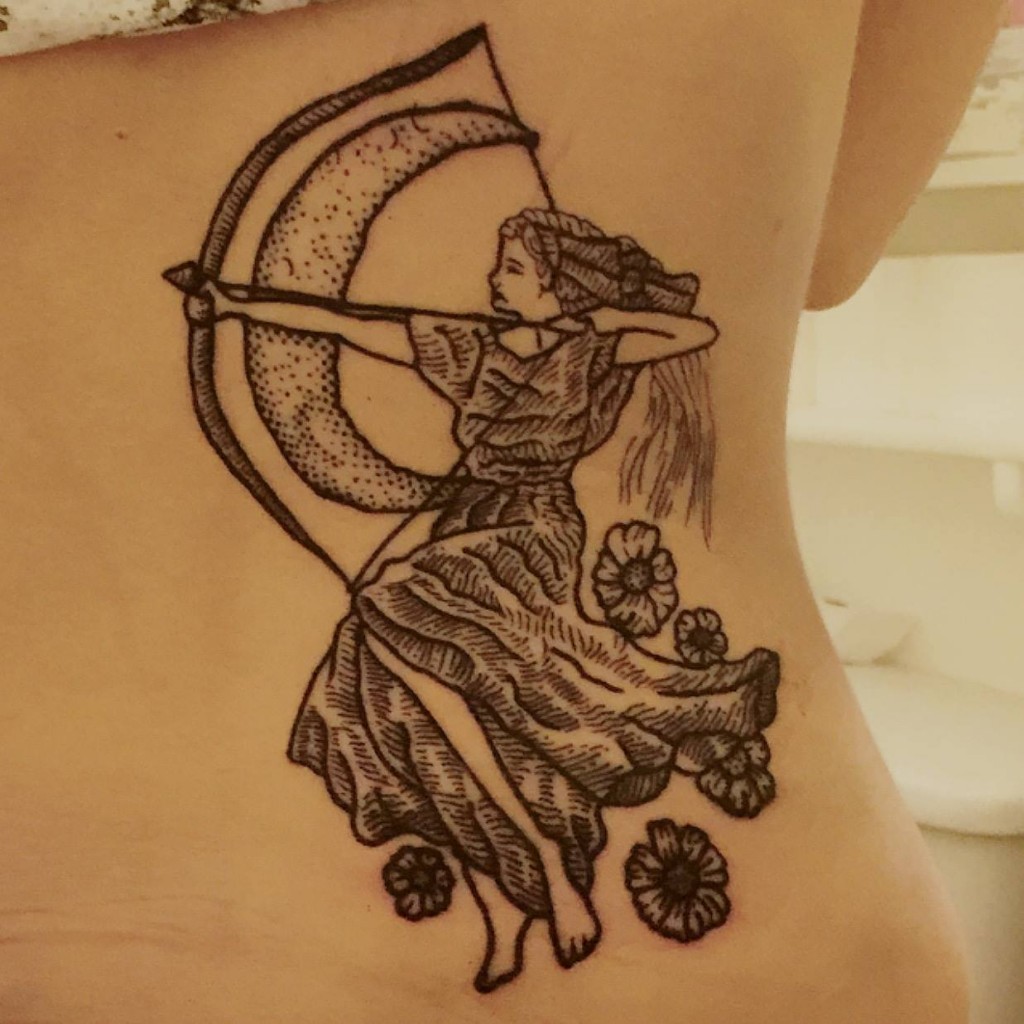
Connor Tyler at Joker Tattoo, Portsmouth
Getting tattooed is a bit of an ordeal for me. The actual tattooing is fine – I’m very lucky to have a high pain threshold (pain holds very little fear for someone on painkillers as strong as the ones I’m on) so I can sit under the needle for hours without it bothering me. The issue is everything else.
First off, I have to get to the place – which is hard. I usually only leave the house once a week, twice if I’m lucky, and always with someone else (it’s not safe for me to go out alone), so the logistics of organising that can be tough.
Then, getting there, I have to deal with the sensory overload of a place full of people and buzzing machines and music; with M.E., your senses are often in an extremely heightened state and any noise, light, touch can be excruciating. The noise is a particularly tough one for me as I get migraines and tinnitus, so I have to really prepare myself for the aural onslaught of a tattoo shop.
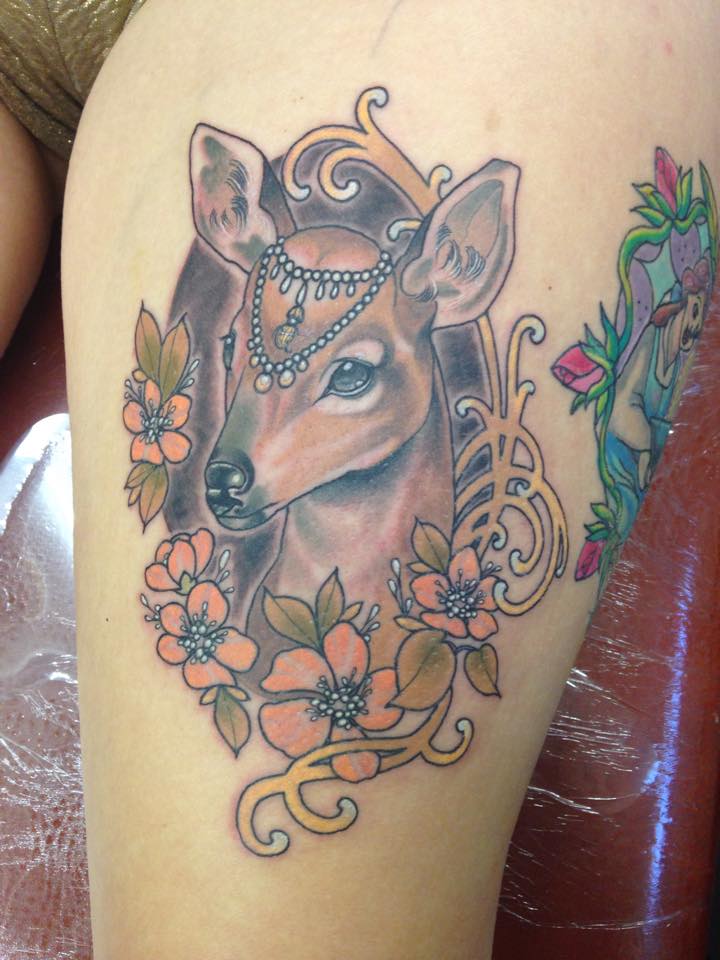
Chrissy Hills at Kingston Ink
Having to sit or lie in one position really still is hard for anyone, but when you get muscle spasms and convulsions on top of chronic pain, it can be … interesting for all involved. P.O.T.S causes tachycardia, dizziness and blackouts if you’re upright for too long, so I have to be in a position which is safe for my particular conditions. I have to bring my medicines, lots of water, layers of clothes, my walking aids, ear plugs, sunglasses, a whole bunch of nonsense just to get through the session. After a tattoo, I’m always in agony – but the tattoo itself isn’t the problem, the joint and muscular pain incurred is.
It took me a while to draw up the courage to get tattooed – not because of the pain (note the aforementioned painkillers), but because I was scared of doing something so permanent to myself. But my body was already permanently altered from the way it should be, so that was no longer an excuse. I was scared that people would judge me on sight – but if you’re a twenty-something having to use a wheelchair or crutches, people give you some odd looks anyway. So, sod it, I thought – let’s give them something to stare at.
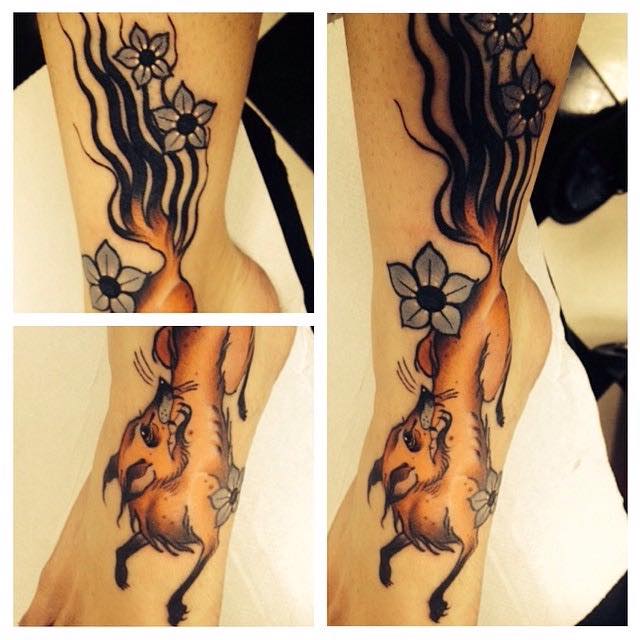
Marcelina Urbańska, Rock’n’Ink, Krakow
It seems like a lot to go through just to get an image on my skin, but for me it’s worth it. After feeling like my body had turned traitor, I have taken back the reins and forced it into a form which makes me happy. Sure, I may be covered in scars, a bit chubby from the medication, pale as death and with eyes like pissholes in the snow, but I’m still in control of how my body looks – on a superficial level, at least. Tattoos have helped me accept the changes that have been forced upon me by letting me shape the way I look, even if I’m powerless to control the way my body works. There’s a lot to be said for a needle and ink and the power of positive thought – it might not make the crippled walk, but it can damn well make us feel good sitting down.
